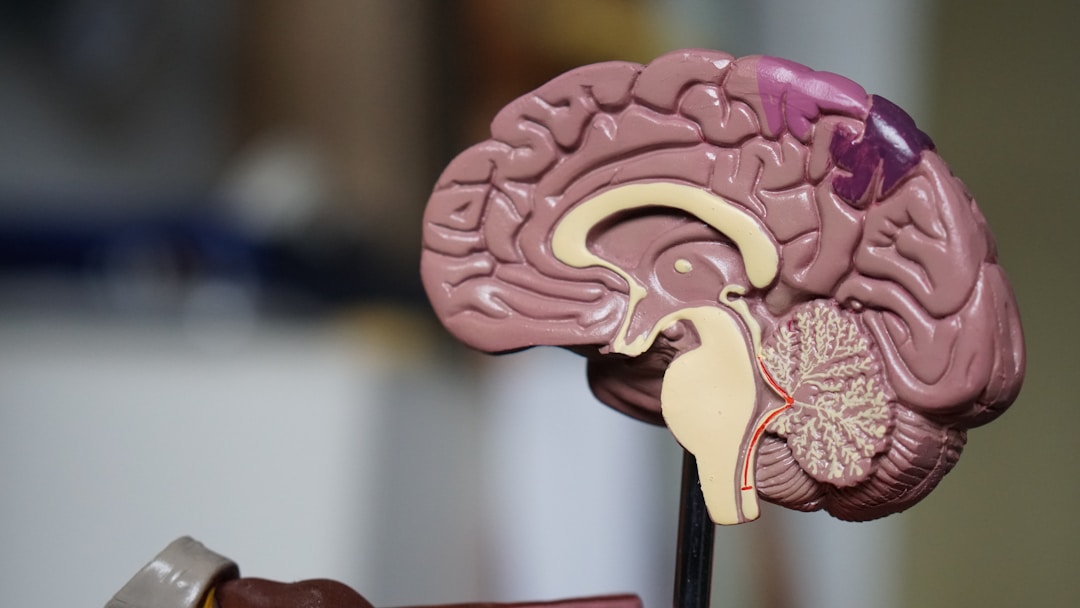Dementia and Alzheimer’s disease are terms that are often used interchangeably, but they actually refer to different conditions. Though they share many similar symptoms, understanding the distinctions between them is essential for those dealing with these diseases. While dementia refers to a group of symptoms affecting memory, thinking, and social abilities, Alzheimer’s disease is the most common cause of dementia. Keep reading as we delve into the details and familiarize you with the characteristics, symptoms, and differences between dementia and Alzheimer’s disease.
Key Differences Between Dementia and Alzheimer’s

Although Alzheimer’s disease and dementia are often used interchangeably, they are not the same thing. Alzheimer’s is a type of dementia and the most common cause of dementia, but not all dementia is Alzheimer’s disease. Understanding the difference between dementia and Alzheimer’s is fundamental for diagnosis, treatment, and care planning, especially for family members and caregivers.
The primary difference between the two is that dementia is a syndrome (a group of symptoms), not a disease, whereas Alzheimer’s is a disease. Different forms of dementia can have different causes, and these causes determine the type of dementia a person has. Conversely, Alzheimer’s disease has a far more distinct pathology involving certain changes in the brain including abnormalities in brain structures and functions.
In terms of symptoms, there is considerable overlap but also key differences. For example, memory loss is common to both, but onset, progression, and severity vary widely based on the type of dementia and the stage of the disease. It’s also worth noting that loneliness, isolation, and inadequate mental stimulation have all been associated with increased risk of dementia and Alzheimer’s. Therefore, maintaining a healthy lifestyle that includes social interaction and cognitive stimulation is crucial for prolonging cognitive health.
Understanding Dementia
Dementia is a collective term for a decline in mental ability severe enough to interfere with daily life. It encompasses a wide range of medical conditions, including Alzheimer’s disease. However, many forget that dementia itself is not a single disease but a general term for loss of memory, language, problem-solving, and other cognitive abilities that affect a person’s ability to perform everyday activities. Just as heart disease refers to a range of conditions affecting the heart, dementia refers to various syndromes impacting cognitive function.
Many people often think that forgetfulness or confusion is a normal part of aging, which is not correct. Symptoms may vary, but at least two of the following core mental functions must be impaired to be considered dementia: memory, communication, language, ability to focus and pay attention, reasoning and judgment, and visual perception. Other symptoms can include changes in mood or behavior, disorientation, difficulties with visual and spatial abilities, and struggle to follow or continue a conversation.
Remember that many forms of dementia are progressive, meaning symptoms start out slowly and gradually get worse. This can be a cause of stress for families and caregivers as they must adapt to the growing needs of the person suffering from dementia. Since there is currently no cure for most types of dementia, focus should be placed on managing symptoms and providing a high quality of life for those affected.
Getting to Know Alzheimer’s Disease

Alzheimer’s disease is a specific type of dementia, accounting for 60 to 80 percent of all dementia cases. Named after Dr. Alois Alzheimer, who first described it in 1906, this condition has a distinct set of symptoms and progression. Alzheimer’s disease is a progressive disorder in which the brain cells degenerate and die, leading to a steady decline in memory and mental function. This neurodegenerative disease is the most common cause of dementia in seniors and is not a part of normal aging.
The earliest symptoms are memory lapses, such as forgetting recent events or the names of familiar places or people. As the disease progresses, the person may experience increasing confusion and disorientation, personality and behavior changes, difficulty speaking, swallowing, and walking, and problems with short and long-term memory. Quite often, they may repeat things and forget conversations or appointments. People with Alzheimer’s disease may also experience mood swings, become anxious or aggressive, and these symptoms get worse over time, affecting their capacity to do everyday tasks.
Alzheimer’s is a slowly progressing disease that starts long before symptoms appear. Accumulation of abnormal protein deposits in the brain and the damage and death of nerve cells are the primary causes. While there is no cure, there are treatments that can slow progression and manage symptoms to improve quality of life for those affected and their caregivers. Apart from medication, non-drug therapies can be highly beneficial in managing symptoms of this devastating disease. There are Alzheimer’s organizations dedicated to teaching patients and their loved ones everything they need to know.
Understanding Risk Factors and Prevention
You need to understand the risk factors involved in both dementia and Alzheimer’s disease. Age is the most common risk factor for both conditions, with the majority of people with Alzheimer’s being 65 and older. The likelihood of developing Alzheimer’s doubles approximately every five years after the age of 65. That being said, Alzheimer’s is not just a disease of old age, with up to five percent of people with the disease having early onset Alzheimer’s, which often appears in someone in their 40s or 50s. Genetics also plays a role, as people who have a parent or sibling with Alzheimer’s are more likely to develop the disease.
Risk factors for developing other types of dementia can include stroke, high blood pressure, high cholesterol, and heart disease. An unhealthy lifestyle, such as smoking, heavy alcohol use, lack of physical activity, and an unhealthy diet, also increases the risk of developing dementia. Understanding these risk factors and making healthy lifestyle adjustments can assist with prevention. Though it’s impossible to completely prevent Alzheimer’s or other dementias, researchers believe that a healthy lifestyle can reduce the risk substantially.
Strategies for preventive measures include maintaining a healthy heart, keeping an active social life, staying mentally active, eating a brain-healthy diet, getting plenty of physical exercises, and getting regular check-ups to manage any medical conditions. Careful management of symptoms and regular monitoring of health can impact the person’s quality of life, particularly if diagnosed early.
Treatment and Care Options

Treatments focus on slowing down symptoms and improving quality of life. While no cure for Alzheimer’s disease or most types of dementia exists, medications and therapies can help. Alzheimer’s medications work by regulating neurotransmitters, the brain’s chemical messengers, to support communication in the brain. Dementia symptoms, causes, and treatment can vary greatly, so the treatment plan has to be individualized to the person’s needs and situation.
Cognitive and behavioral therapies also play a major role in managing symptoms. Mind-stimulating activities, physical activity, and social interaction can improve mood, behavior, and some aspects of cognitive functioning. As dementia progresses, the needs of the person will change. Caregiving will likely become necessary, and caregivers should be prepared for the emotional, physical, and financial strain this can cause. Support from healthcare professionals, social services, and support groups can be invaluable.
As you can see, understanding the differences between dementia and Alzheimer’s disease is integral to managing and treating these conditions. It’s important to remember that despite their scary connotations, dementia and Alzheimer’s are not inevitable parts of aging. With increased awareness, continuous research, and the support of a caring community, those affected by these conditions can still lead fulfilling and meaningful lives.





